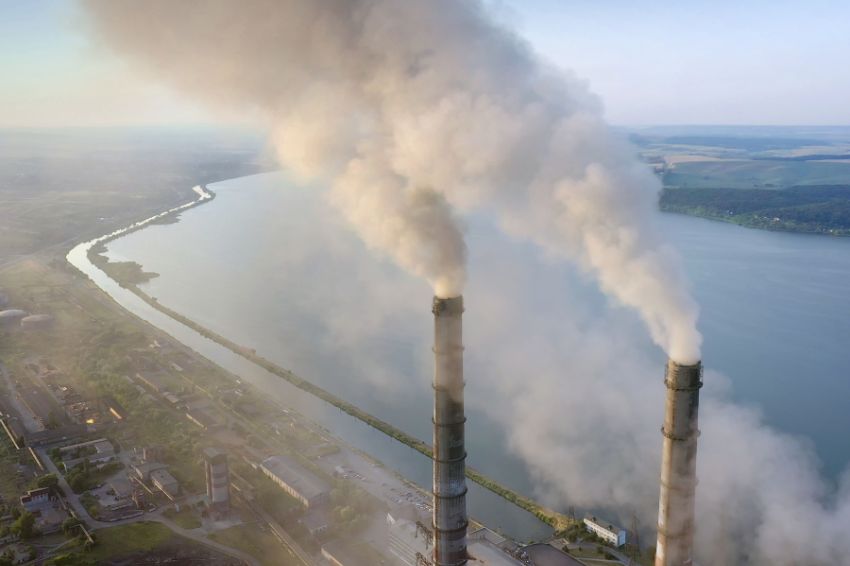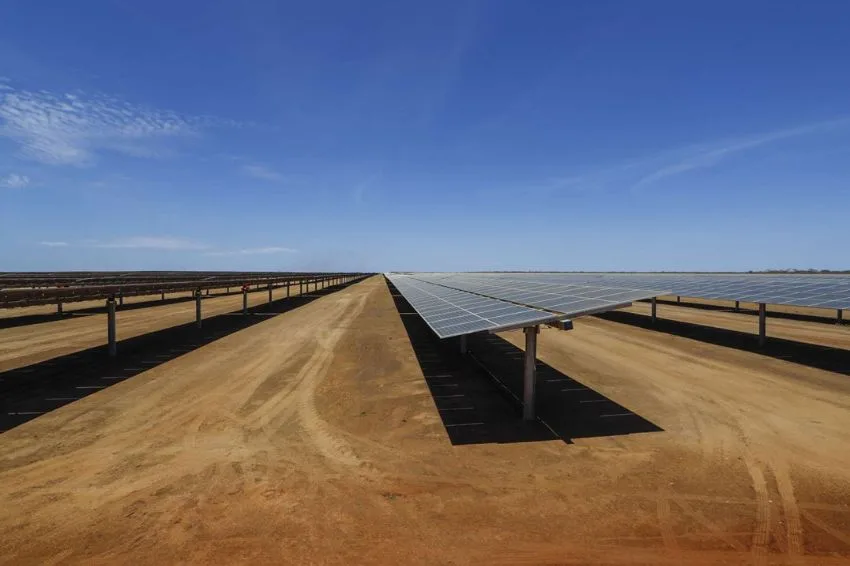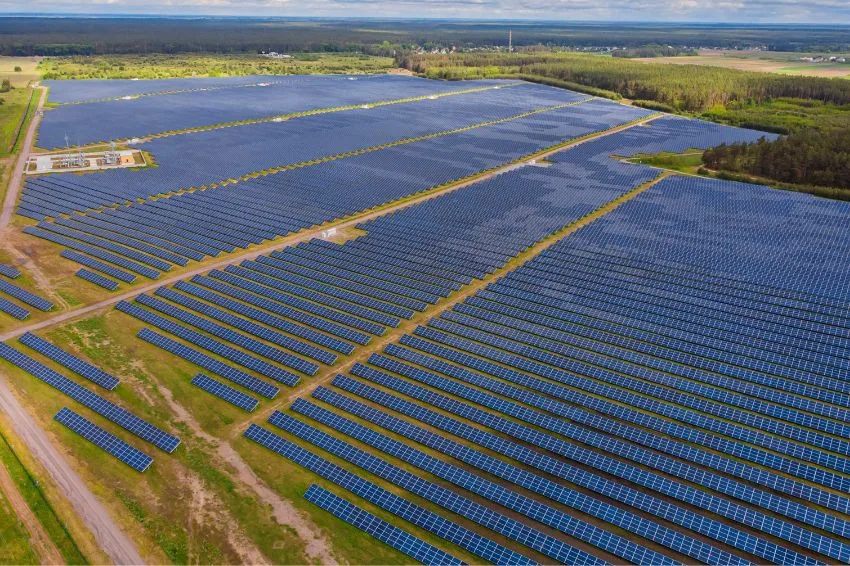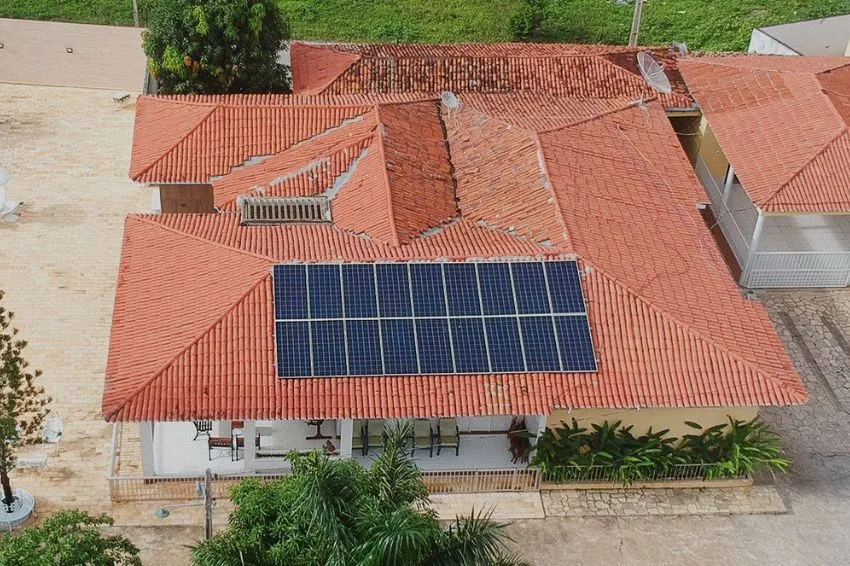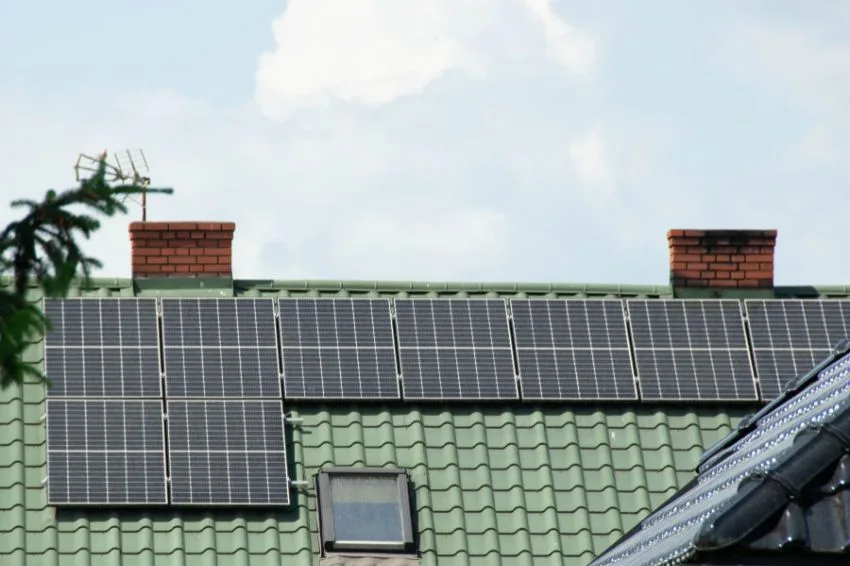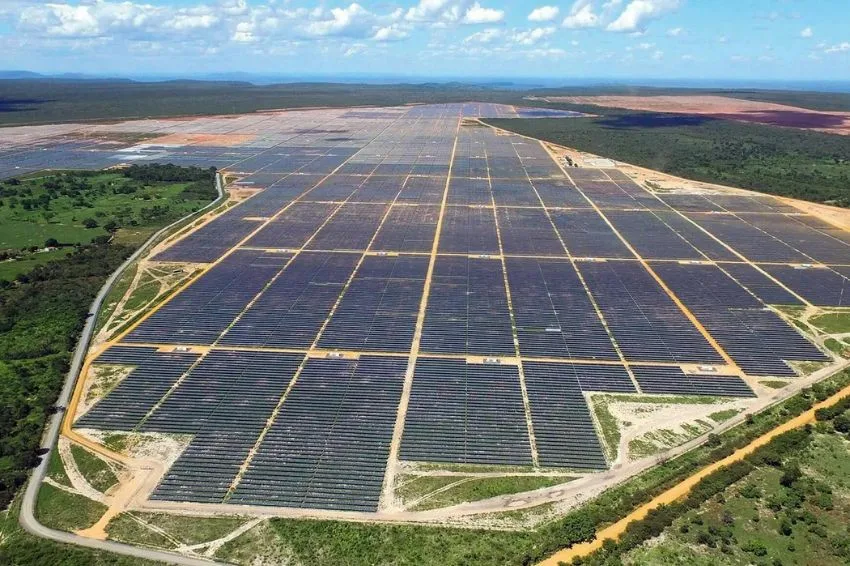To the global carbon dioxide emissions energy-related increased by less than 1% in 2022 – less than initially feared – as the growth of solar, wind and EVs (electric vehicles), for example, helped limit the impacts of increased use of coal and oil amid the global crisis energy. The analysis is from IEA (International Energy Agency).
According to the organization, although last year's rise was much smaller than the jump of more than 6% in 2021, emissions still remain on an unsustainable growth trajectory, requiring stronger action to accelerate the clean energy transition.
O Global Energy Transitions Stocktake further pointed out that global energy-related CO2 emissions, in total, grew by 321 million tons, reaching a new record of more than 36.8 billion tons.
According to the research, the increase was significantly slower than global economic growth of 3.2%, signaling a return to a decade-long trend that was interrupted in 2021 by the rapid and emissions-intensive economic recovery from the Covid crisis.
Extreme weather events, including droughts and heat waves, as well as an unusually large number of nuclear power plants offline, have contributed to the rise in emissions. But an additional 550 million tons of emissions were avoided by increasing the deployment of clean energy technologies.
“The impacts of the energy crisis have not resulted in the large increase in global emissions that was initially feared – and this is due to the remarkable growth of renewables and energy efficiency technologies. Without clean energy, the growth in CO2 emissions would have been almost three times greater,” said Fatih Birol, executive director of the IEA.
“Yet we still see rising emissions from fossil fuels, hampering efforts to meet the world’s climate goals. International and national companies are achieving record revenues and need to assume their share of responsibility, in accordance with their public commitments to meet climate goals”, he reported.
In Birol's view, it is essential that such companies review their strategies to ensure they are aligned with significant emissions reductions.
Other data
CO2 emissions from coal grew by 1.6% as the global energy crisis continued to spur a wave of gas-to-coal switching in Asia and, to a lesser extent, Europe. Although the increase in coal emissions was only about a quarter of the 2021 increase, it still far exceeded the average growth rate of the last decade.
According to the report, the increase in coal emissions more than offset the 1.6% decline in natural gas emissions, as supply continued to decline following the Russian invasion of Ukraine and European businesses and citizens responded with efforts to reduce gas use.
“CO2 emissions from oil grew even more than those from coal, increasing by 2.5%, but still below pre-pandemic levels. About half of the year-over-year increase in oil emissions came from aviation, as air travel continued to recover from pandemic lows,” they reported.
Emissions in China, EU and US
According to the IEA, China's emissions were broadly stable in 2022 as strict Covid-19 measures and a decline in construction activity led to weaker economic growth and reductions in industrial and transport emissions.
European Union emissions fell by 2.5%, thanks to the record deployment of renewable energy, helping to ensure that coal use was not as high as some observers predicted. A mild start to the European winter and energy-saving measures in response to Russia's invasion of Ukraine also contributed.
“In the United States, emissions grew by 0.8% as buildings increased their energy consumption to cope with extreme temperatures. Excluding China, emissions from emerging and developing economies in Asia increased by 4.2%, reflecting rapid economic growth and energy demand,” the research concluded.


